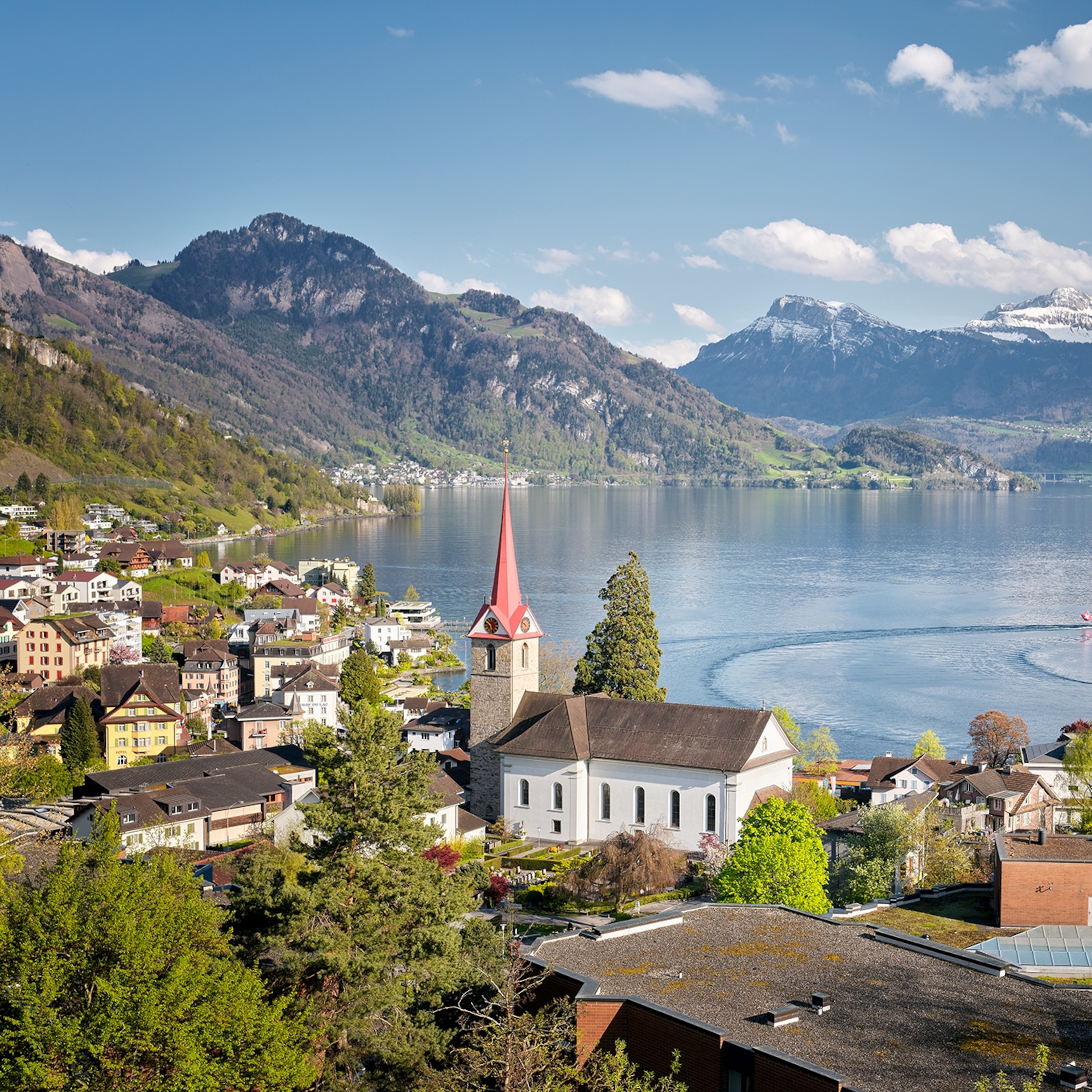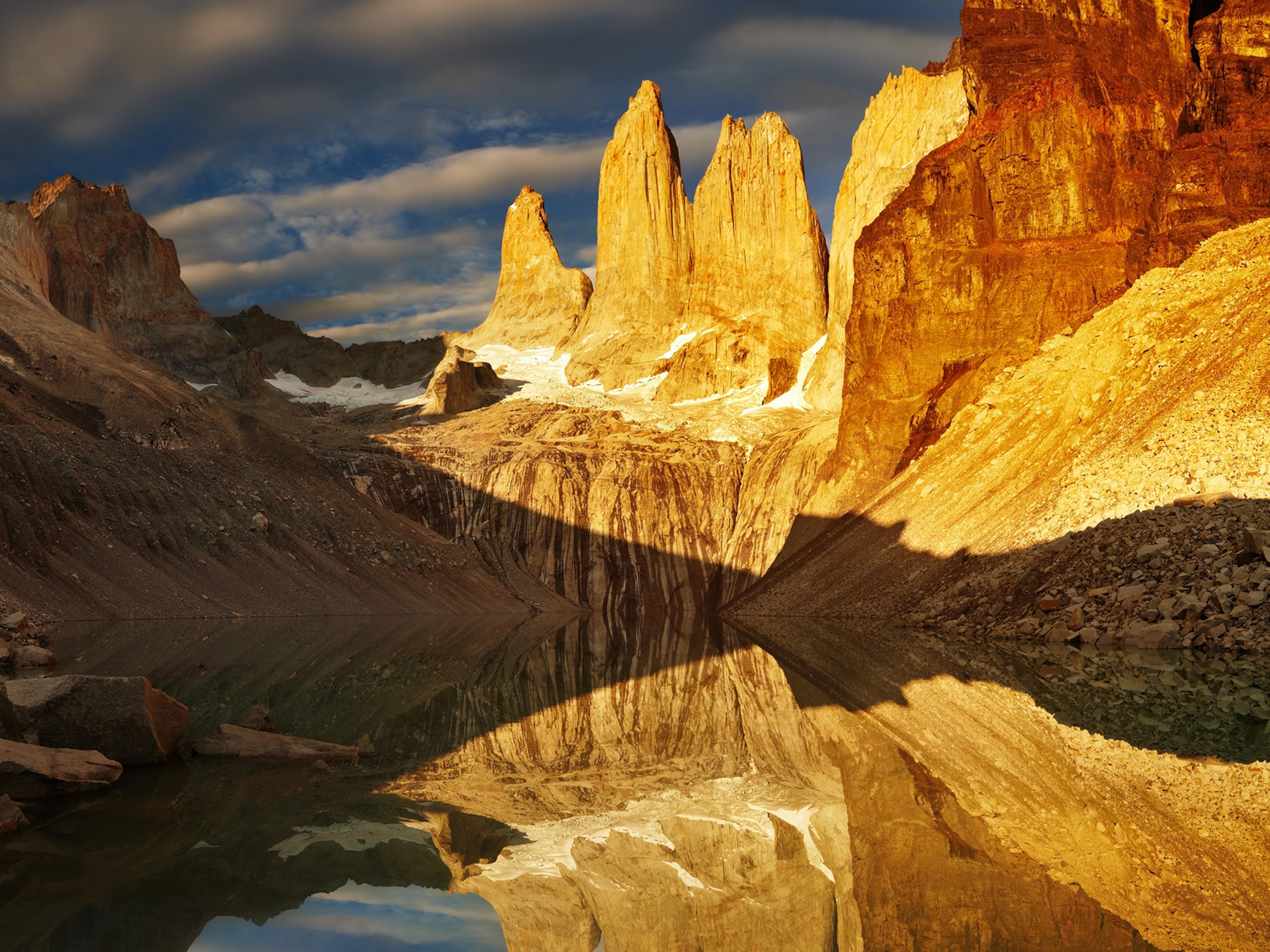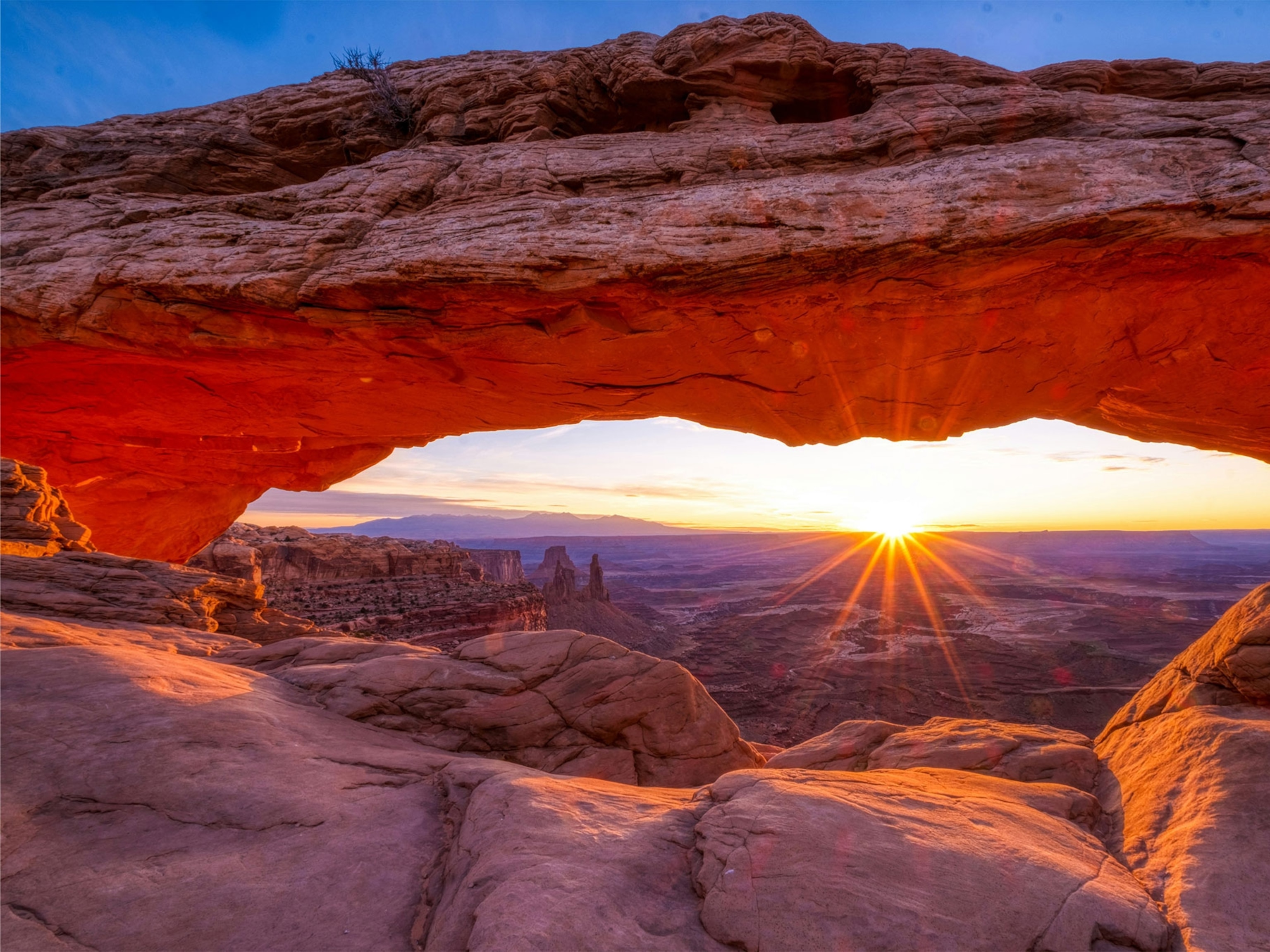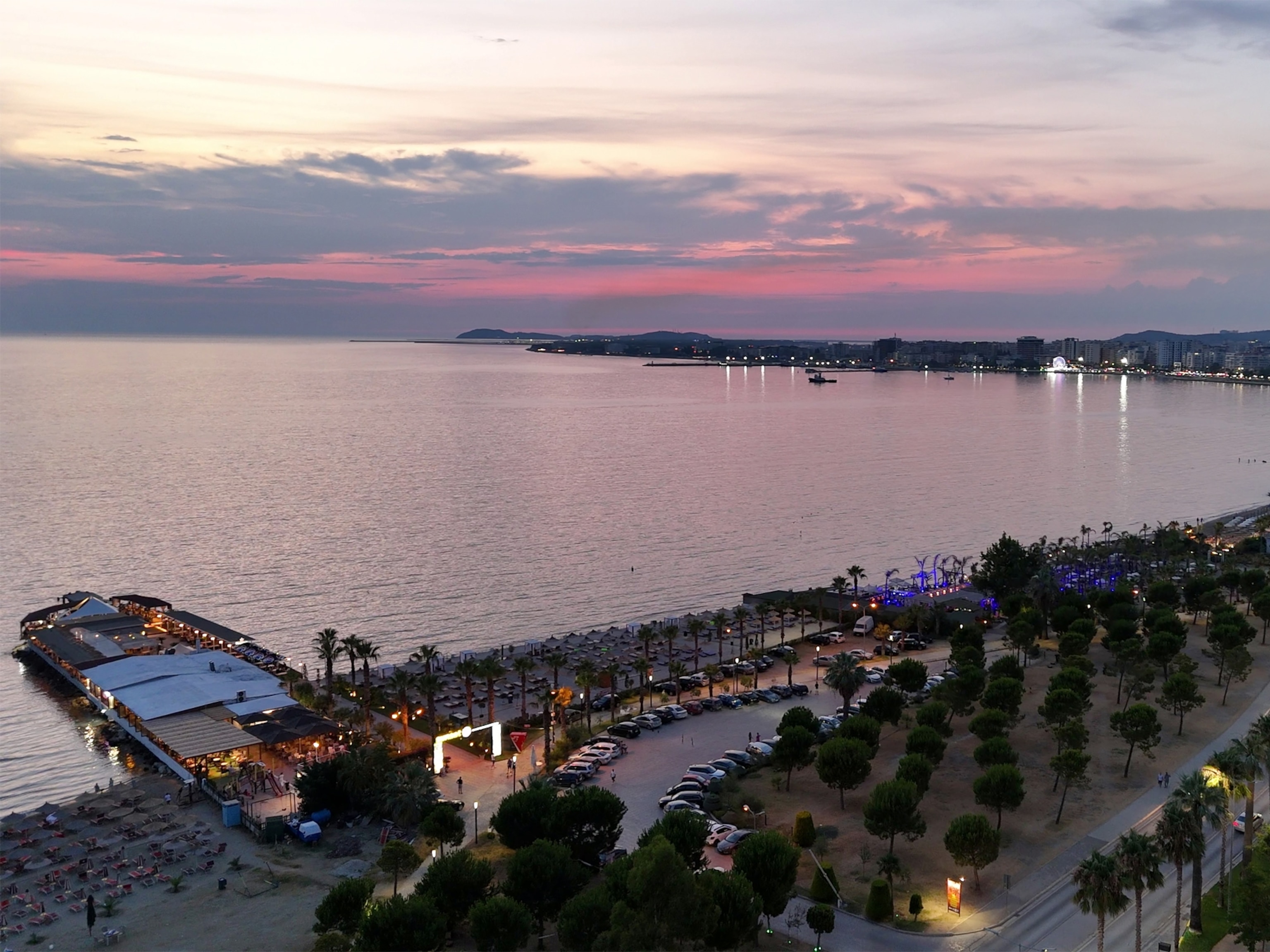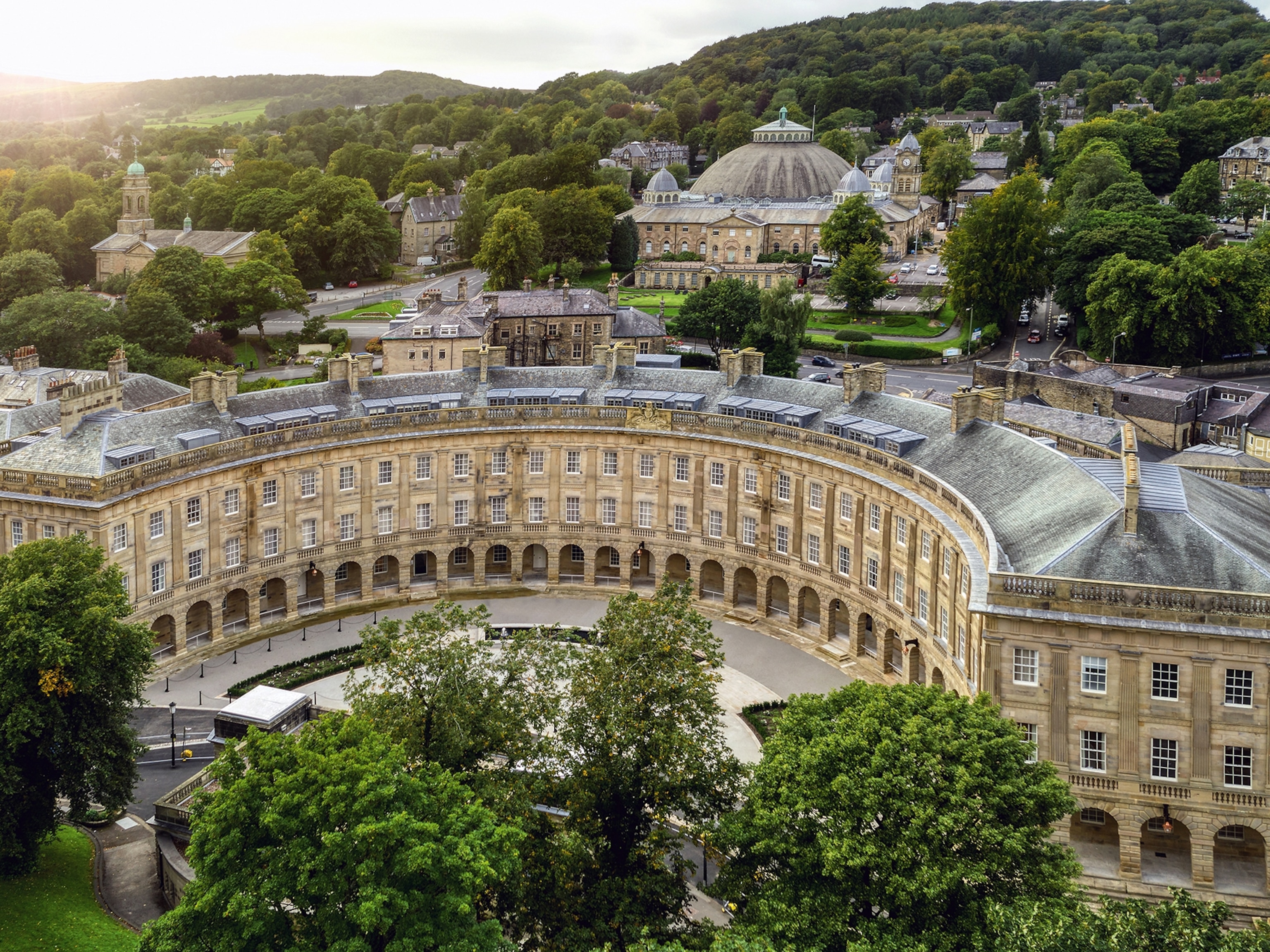
How to spend a weekend in the Lake District
This area of northwest England is renowned for its outstanding natural beauty. While there’s enough here to occupy two weeks of your time, it’s still possible to enjoy the best of The Lakes – as well as the mountains – in two days.
The Lake District is England’s largest and best-known national park — a UNESCO World Heritage Site that comprises dramatic mountain fells, glacial lakes and lush, flower-specked valleys over a magnificent 885 square miles of land. Undoubtedly the biggest draws here are the lakes and mountains, with an abundance of hiking trails, rocks to scramble up, scenic viewpoints and bodies of water to immerse oneself in. But a trip here could be one of ultra activity or of entire relaxation — time can easily be spent canoeing on Ullswater or dining lakeside.
It’s notable just how much inspiration comes from the landscape here, with restaurants, distilleries and cultural spots noting as such through their menus, produce and programmes. Many writers over the years have drawn inspiration from this part of the land, too, with the likes of William Wordsworth, Beatrix Potter and Arthur Ransome being literary connections. Today, the national park is growing in its cultural scene, with galleries, theatres, cinemas and live music spots that go beyond the historic and focus on contemporary creatives and works of art.
Day one
Morning
Start by taking in some of what the Lake District is best known for: its mountains and water. The Old Man of Coniston hike takes in five fells: The Old Man of Coniston, Brim Fell, Dow Crag, Buck Pike and Brown Pike. It’s a circular route running for six-and-a-half miles, though it can be tweaked or shortened with some fells cut out, or you can just focus on the Old Man of Coniston if a shorter hike’s preferred. It’s considered a fairly challenging route (there’s some rugged terrain and steep climbs at the beginning), but it does get easier as it goes on and comes with incredible views. All route options for this can start and finish at Low Water, which is a great swimming spot — a bonus if it’s a hot day.
Afternoon
When you’re down from the fells, refuel and regain your energy at The Coniston Inn. This slate building is a couple of miles away from the hiking trail and overlooks Coniston Water. It’s quite a traditional pub, with a bunch of ciders and ales on tap, and food that’s ideal for after a hike (think steak and ale pie, and arrabbiata pasta). There’s a terrace for sunny days and it’s dog-friendly, too. Spend the rest of the afternoon by the water that the pub overlooks. Coniston Water has three small islands with calm waters, making it a great place for kayaking. There are tours to join, but for a more relaxing time and to go at your own pace, you can hire a single- or two-seater kayak or canoe. Hires come with a brief instruction and the boats are stable enough for beginners.
Evening
Due to a lack of light pollution, the skies here can be spectacular at night. There are two designated sites in the Lake District that have been awarded with Dark Sky Discovery status, so on your first night, do the 30-minute drive from Coniston to Allan Bank in Grasmere. The Grade II listed building is a Dark Sky Discovery Site with free overnight parking. There are meteor showers throughout the year to look out for, but the Milky Way is always visible in the right conditions from here. The seven main stars in the Orion constellation are visible in the winter months, too. Bring layers, hot drinks, binoculars and settle in for the night. And for when hunger sets in, Grasmere has a number of pubs, restaurants and cafes to choose from, ranging between quick bites and two AA rosette fine dining.

Day two
Morning
Before leaving Grasmere, drop by the Grasmere Gingerbread to pick up some sweet snacks. Set in a school built in the 1630s, it sells a selection of locally made gingerbread, rum butter, fudge and mint cake. Then drive north to Keswick (20 minutes) for the incredible Whinlatter Forest. Rising to 2,590 feet above sea level, this is the only mountain forest in England and is home to a range of rare wildlife including red squirrels, deer, osprey and otters. Wander or cycle through the forest or join a photographer for a two-hour introduction to landscape photography. Photographer Steve Blake runs a series of these taster workshops from 10am-12pm and 2-4pm on selected Saturdays throughout the year, heading to a mix of locations within the forest to teach different camera techniques and settings for capturing the beauty of the place.
Afternoon
Keswick’s a great spot for outdoor activities, so if you have any energy left, take the via ferrata at Honister Slate Mine. There’s the gentler Classic Via Ferrata option, but for a more challenging climb, try the Via Ferrata Xtreme, which includes a series of vertical climbs, cliff-edge ladders, mountain edges and cargo nets to clamber across. The course brings a dose of adrenaline, but with it also comes natural beauty and serene views, like those of Buttermere, Crummock and Loweswater lakes amid the high, barren landscape of Haystacks fells. For something a little more relaxed, there’s The Lakes Distillery (an independent producer of whisky, gin and vodka based in a farmstead on the banks of the River Derwent), which offers tours, tastings and a chance to meet their adorable on-site alpacas.
Evening
A 10-minute walk from the centre of Keswick, Theatre By The Lake is a contemporary space made up of two stages that shows new and classical works as well as touring plays and regular free exhibitions in its gallery spaces. Stop by Crow Park, across the road from the theatre, for a panoramic view of the surrounding mountains and Borrowdale valley before heading in. The Lakeside Restaurant (part of the theatre) serves up dishes made from excellent locally sourced produce — and all with views of the national park. Menus change with the seasons: during warmer months, you can eat your meal on the terrace.
Prebook a performance and dine out there first (it’s open until 7pm on show days and until 4pm on no-show days). Then after the performance, head to the Spotlight Bar (open until 11pm) for a nightcap.

Lakes and beaches
Bassenthwaite Lake: The only official lake in the Lake District (the rest are either meres or ‘waters’). It’s one of the largest bodies of water in the national park, but also one of the shallowest. There are only a couple of pubs here and it’s quite quiet, making it a great spot for a swim.
Haverigg Beach: While this is technically just outside of the national park, it sits at the mouth of the Duddon Estuary, with the beach here having views out across the Lake District fells. It’s in the seaside town of Millom; the sea here is shallow, making it popular with families.
Red Tarn: Derived from the old Norse word for ‘pool’, a tarn is a small mountain lake or pool. This one’s the highest of its kind in the Lake District, sitting at 2,356 feet above sea level. Take a hike up here heading towards Striding Edge and catch a glimpse of the tarn’s endangered Schelly fish.
Lake Windermere: This is the largest water body in the area and works as a hub for water-based activities, while still having a backdrop of mountain fells and villages. There are cruise and motorboats available to tour the lake, as well as kayaks, canoes, paddleboards and smaller sail boats.
Stanley Ghyll: Woodland shrubs decorate high rocky ledges around this waterfall that cascades down some 60 feet into a narrow gorge. It can be reached by following a path from Eskdale through the woodland — while it’s well marked and mostly flat, it does get fairly steep in parts.
The best breweries and distilleries
For beer: Hawkshead Brewery & Beer Hall, in Kendal, brews a mix of classic beers and more innovative types with limited edition small batch brews. The beer hall here’s also a brewery tap, beer shop, visitor centre and tasting room, and is open most days.
For gin: Shed 1 Distillery was started by a couple in their 7x7ft garden shed in Ulverston. This award-winning business has since been expanded into a former calf shed across the road. They’ve also added space for visitors to come to their bar and shop, with distillery tours and tastings (of at least six gins).
For whisky: The Lakes Distillery's whisky-maker aims to take a holistic approach, using the Lake District as inspiration for whisky distilling. They’ve branched out into vodka- and gin-making, too. There’s also a shop, bar, bistro and range of tours in this spot near Bassenthwaite Lake.

Cumbrian cultural venues
For live music: The Brewery Arts Centre in Kendal is one of the main hubs for live music. There’s usually a couple of gigs a week with a wide range of artists performing here, as well as music documentaries being screened. Pizzeria Zeffirellis in Ambleside is a great venue for live contemporary jazz on Friday and Saturday nights (with options to pair it with a two-course meal). For ukulele, jazz and open mic nights, there’s Florence Arts Centre, which also runs songwriting workshops and other music-based classes. The Westmorland Orchestra, meanwhile, plays a series of more classical concerts throughout the year in Kendal — check out their website for upcoming shows.
For theatre: The Lake District has a history of inspiring many pioneering artists, such as Beatrix Potter and John Ruskin. The national park has a series of theatres that continue to provide a space for writers and creatives to perform their talents. The Theatre by the Lake in Keswick is one of the more established ones (as is the Brewery Arts Centre in Kendal; both deliver a programme of dynamic plays throughout the year). The Rosehill Theatre in Whitehaven and The Old Laundry Theatre in Bowness provide a more intimate setting for performances, with seasonal programmes on offer. Also look out for the Upfront Puppet Theatre in Penrith, which is one of the four remaining working puppet theatres running in England.
For art exhibitions: Abbot Hall Art Gallery in Kendal is one of the most renowned galleries in the area. It’s a Grade I-listed Georgian art gallery space that has historic collections and several exhibitions per year. Percy House Gallery focuses on work from local Cumbrian artists, spanning painting, photography and craft, with monthly changing exhibitions. Lowes Court Gallery is another smaller gallery worth checking out — it showcases a blend of traditional and contemporary Cumbrian craft. The Brewery Arts Centre also has a gallery to add to its theatre, cinema, cafe and bar.
How to do it
Given its size, the easiest option is to drive to and around the Lake District. That said, the national park is encouraging visitors to try more car-free approaches. West Coast mainline trains link Oxenholme, Penrith and Carlisle to London and Glasgow, while National Express links the area to various towns across the UK by coach. For accommodation, try out The Quiet Site, a carbon-neutral holiday park in Ullswater that offers a range of places to stay from camping pods to ‘gingerbread houses’.
Published in the 2022 edition of National Geographic Traveller (UK) The Lakes and Mountains Collection
Follow us on social media
Facebook | Twitter | Instagram
